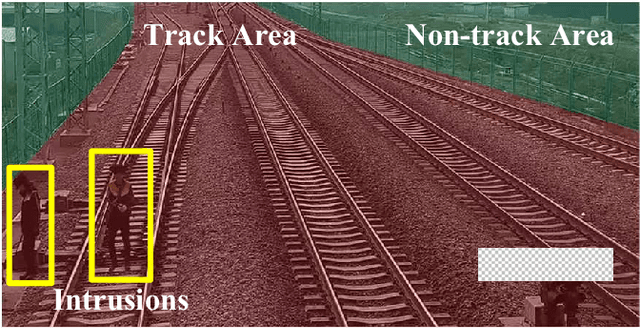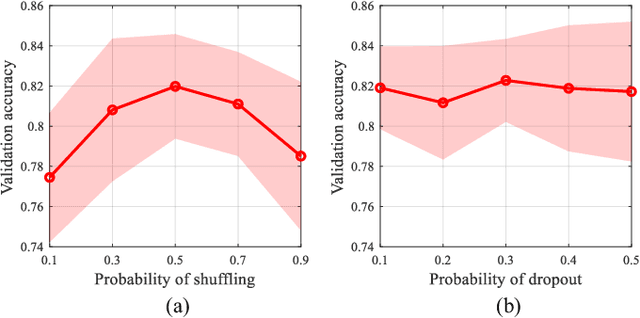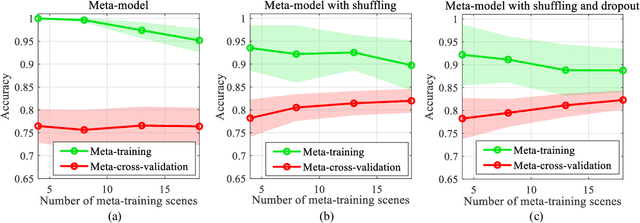Xiao Gong
A Novel P-bit-based Probabilistic Computing Approach for Solving the 3-D Protein Folding Problem
Feb 27, 2025Abstract:In the post-Moore era, the need for efficient solutions to non-deterministic polynomial-time (NP) problems is becoming more pressing. In this context, the Ising model implemented by the probabilistic computing systems with probabilistic bits (p-bits) has attracted attention due to the widespread availability of p-bits and support for large-scale simulations. This study marks the first work to apply probabilistic computing to tackle protein folding, a significant NP-complete problem challenge in biology. We represent proteins as sequences of hydrophobic (H) and polar (P) beads within a three-dimensional (3-D) grid and introduce a novel many-body interaction-based encoding method to map the problem onto an Ising model. Our simulations show that this approach significantly simplifies the energy landscape for short peptide sequences of six amino acids, halving the number of energy levels. Furthermore, the proposed mapping method achieves approximately 100 times acceleration for sequences consisting of ten amino acids in identifying the correct folding configuration. We predicted the optimal folding configuration for a peptide sequence of 36 amino acids by identifying the ground state. These findings highlight the unique potential of the proposed encoding method for solving protein folding and, importantly, provide new tools for solving similar NP-complete problems in biology by probabilistic computing approach.
Deep-Learning-Aided Alternating Least Squares for Tensor CP Decomposition and Its Application to Massive MIMO Channel Estimation
May 23, 2023



Abstract:CANDECOMP/PARAFAC (CP) decomposition is the mostly used model to formulate the received tensor signal in a multi-domain massive multiple-input multiple-output (MIMO) system, as the receiver generally sums the components from different paths or users. To achieve accurate and low-latency channel estimation, good and fast CP decomposition algorithms are desired. The CP alternating least squares (CPALS) is the workhorse algorithm for calculating the CP decomposition. However, its performance depends on the initializations, and good starting values can lead to more efficient solutions. Existing initialization strategies are decoupled from the CPALS and are not necessarily favorable for solving the CP decomposition. To enhance the algorithm's speed and accuracy, this paper proposes a deep-learning-aided CPALS (DL-CPALS) method that uses a deep neural network (DNN) to generate favorable initializations. The proposed DL-CPALS integrates the DNN and CPALS to a model-based deep learning paradigm, where it trains the DNN to generate an initialization that facilitates fast and accurate CP decomposition. Moreover, benefiting from the CP low-rankness, the proposed method is trained using noisy data and does not require paired clean data. The proposed DL-CPALS is applied to millimeter wave MIMO orthogonal frequency division multiplexing (mmWave MIMO-OFDM) channel estimation. Experimental results demonstrate the significant improvements of the proposed method in terms of both speed and accuracy for CP decomposition and channel estimation.
Enhanced Few-shot Learning for Intrusion Detection in Railway Video Surveillance
Nov 09, 2020



Abstract:Video surveillance is gaining increasing popularity to assist in railway intrusion detection in recent years. However, efficient and accurate intrusion detection remains a challenging issue due to: (a) limited sample number: only small sample size (or portion) of intrusive video frames is available; (b) low inter-scene dissimilarity: various railway track area scenes are captured by cameras installed in different landforms; (c) high intra-scene similarity: the video frames captured by an individual camera share a same backgound. In this paper, an efficient few-shot learning solution is developed to address the above issues. In particular, an enhanced model-agnostic meta-learner is trained using both the original video frames and segmented masks of track area extracted from the video. Moreover, theoretical analysis and engineering solutions are provided to cope with the highly similar video frames in the meta-model training phase. The proposed method is tested on realistic railway video dataset. Numerical results show that the enhanced meta-learner successfully adapts unseen scene with only few newly collected video frame samples, and its intrusion detection accuracy outperforms that of the standard randomly initialized supervised learning.
 Add to Chrome
Add to Chrome Add to Firefox
Add to Firefox Add to Edge
Add to Edge